While there’s no limit to the things we can train our dogs to do, one of the most important commands that we teach them aside from “drop it” is the recall command.
A helpful part of his training that’ll help serve as an override switch in most cases where you may need to get your pooch away from oncoming danger or finding him if he’s lost.
But how to go about it?
Well, it depends from breed to breed, but the process is usually quite easy, especially if you make it out to be less of a chore and more of a game.
That way, the process will end up more enjoyable for both you and your canine companion and less of a chore.
However, that’s easier said than done, so let’s see how that process normally works and how to make that recall command work most of the time..
1. Selecting The Command Word
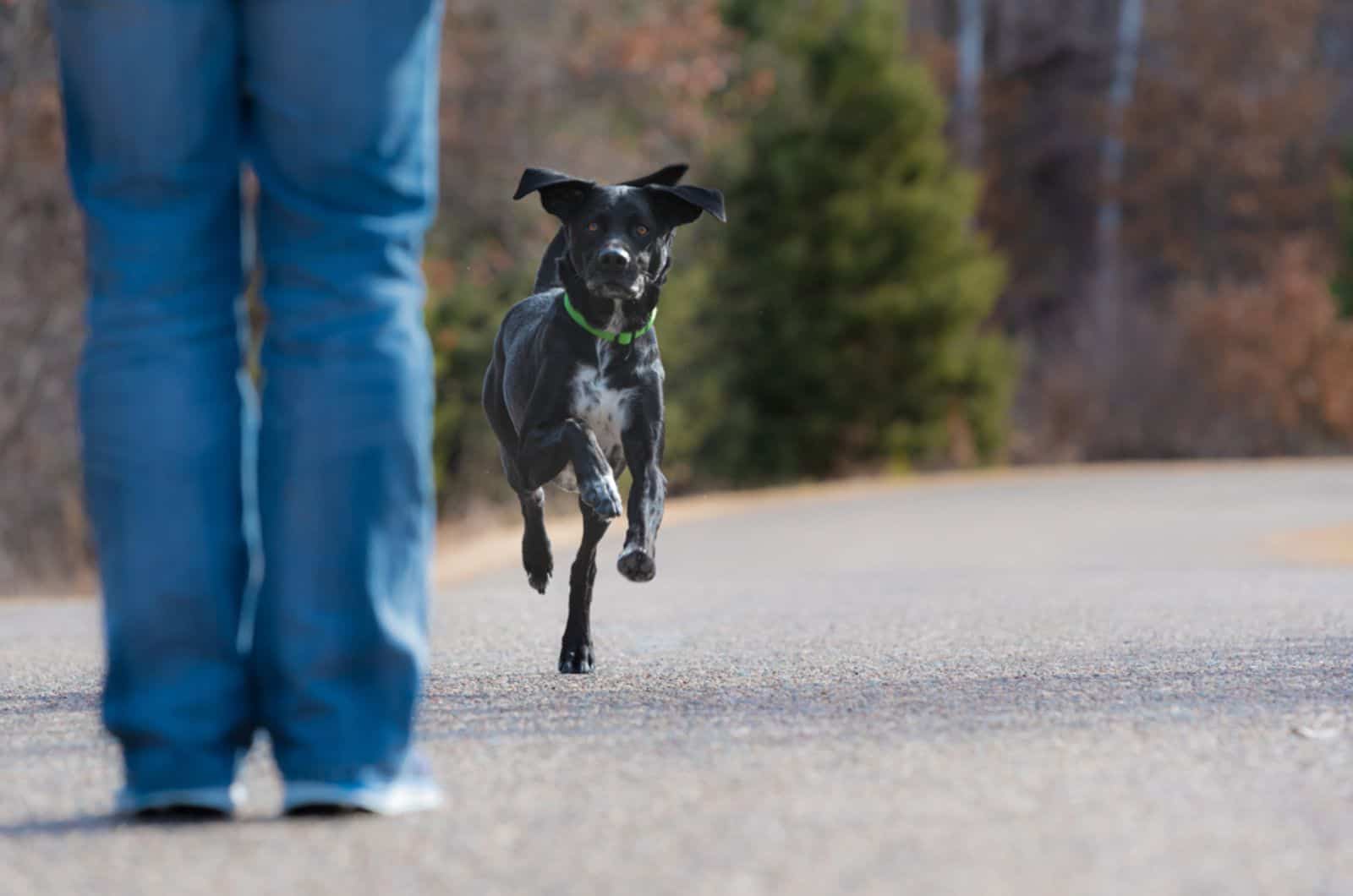
The command word needs to be something simple and with a very distinct intonation behind it, something you won’t be using commonly in conversation which could make it lose its power.
“Come” is usually the chosen one, while relatively common in conversation, choosing a specific pronunciation or intonation for it greatly helps it cementing it as an effective training word.
Some people tend to go for lengthier, more complex options, but your dog’s attention span is only so long and needs to be considered.
That’s why short words often perform better than full sentences.
2. Games That Help Train Recall

Plenty of the physical activities that you’ll already be doing with your dog help with recall training.
The simplest one is a game of fetch which helps train your dog to come over in case he has something in his mouth.
Some other good examples are hiding and having your dog find you through the chosen verbal cue.
And, if you’re having fun with multiple people, playing hot potato with the doggo is sometimes the most efficient method.
Just make sure you have a juicy treat handy that he’ll enjoy once he obeys the command so it cements itself in his mind.
3. The Importance Of Treats
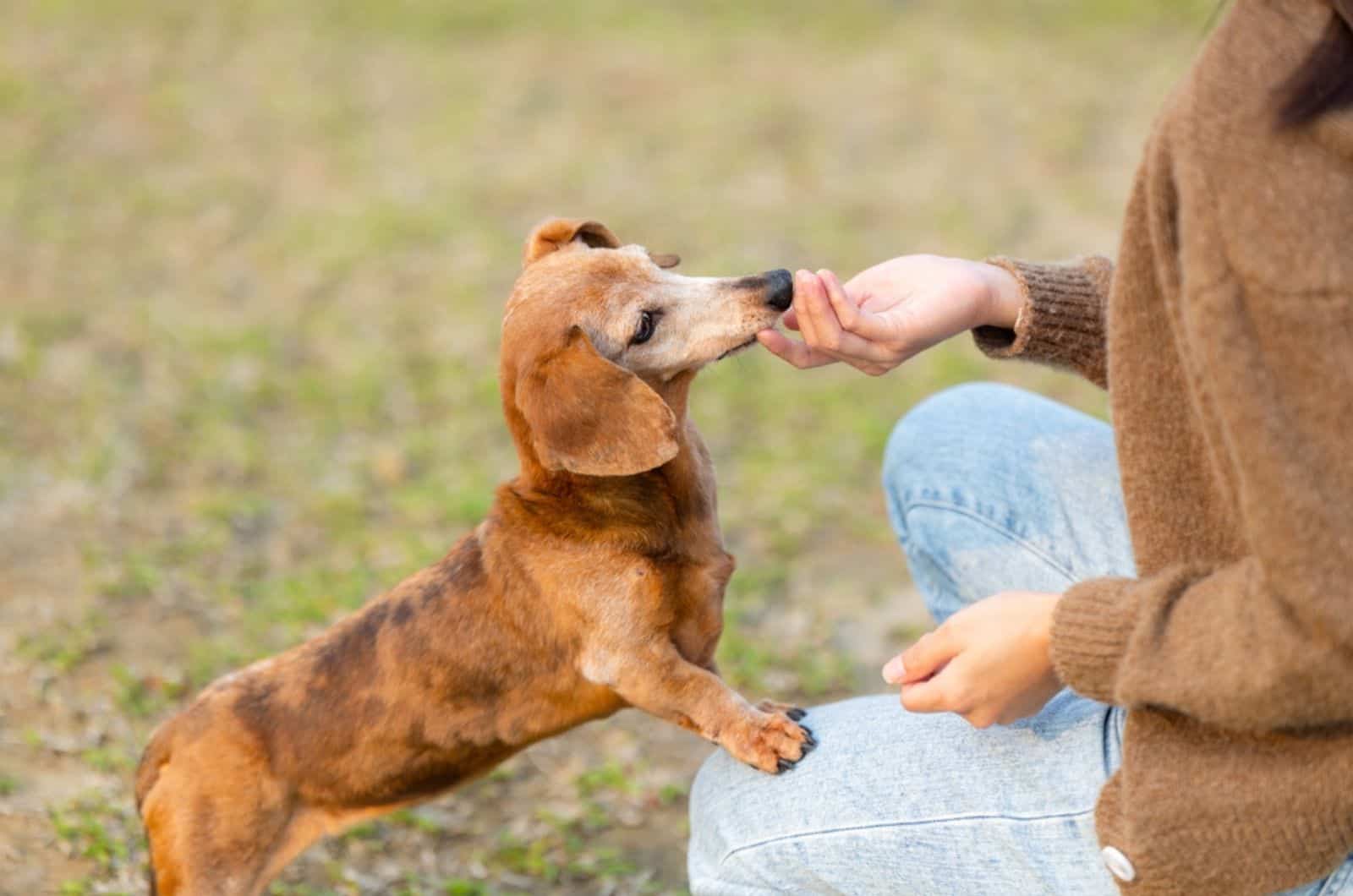
As with most training, positive reinforcement does wonders for teaching specific commands. There’s no need for negativity when a command isn’t obeyed.
However, when it is adhered to, giving your pooch a high-quality treat means that he’s more likely to repeat the behavior that earned him said treat in the first place.
Eventually, the treat is phased out, but the knowledge of the command stays and the required action associated with it.
4. Be Clear And Don’t Repeat
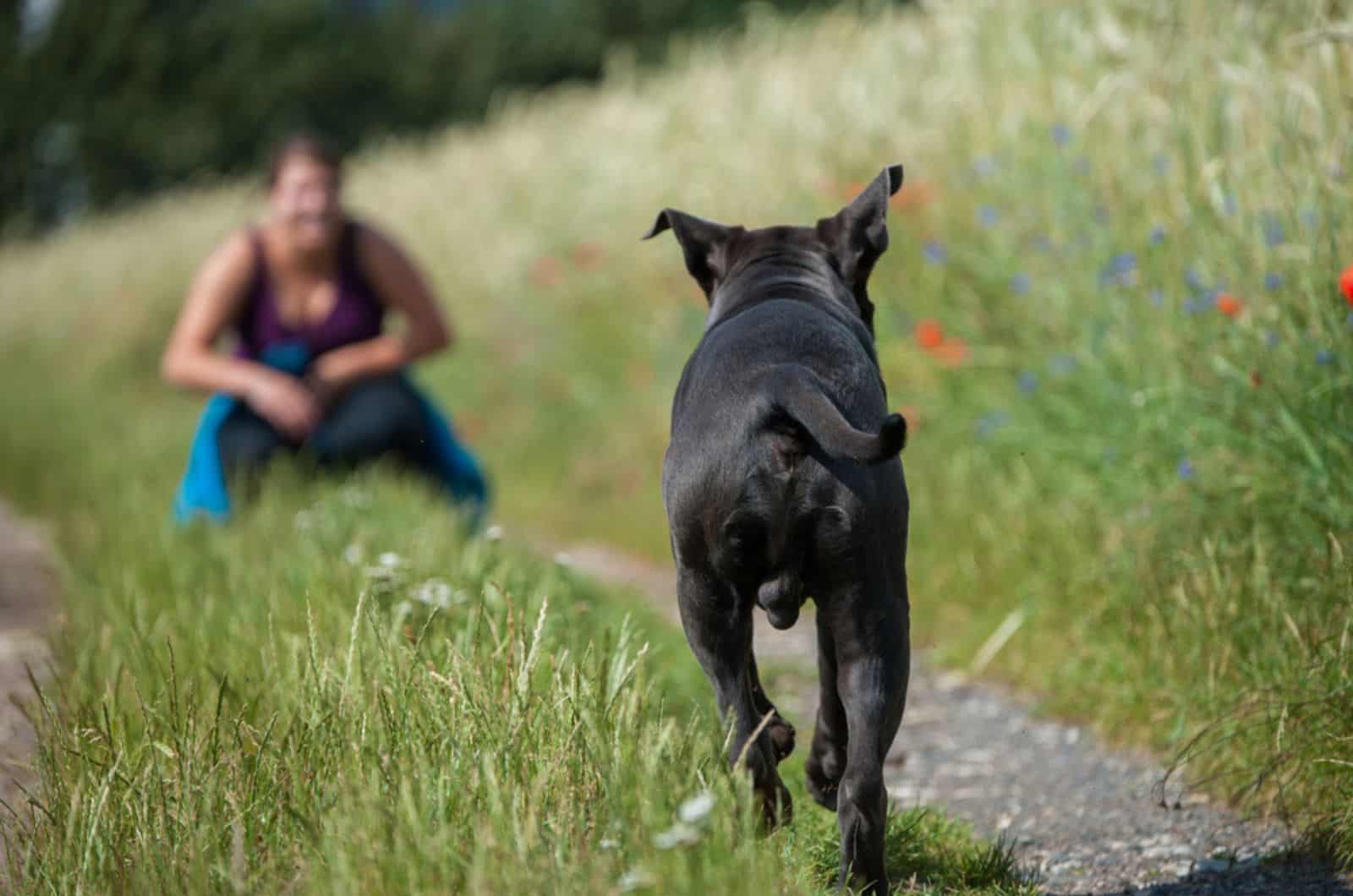
When you’re doing recall training, you want to only say the command once.
If you have to repeat yourself often, then the environment around your dog is a bit too much for him to focus on and you’ll have to try again somewhere with less distractions.
If you continue trying in the same environment all the time, you risk for the cue to lose its meaning which may result in you having to start from scratch.
5. Be Patient
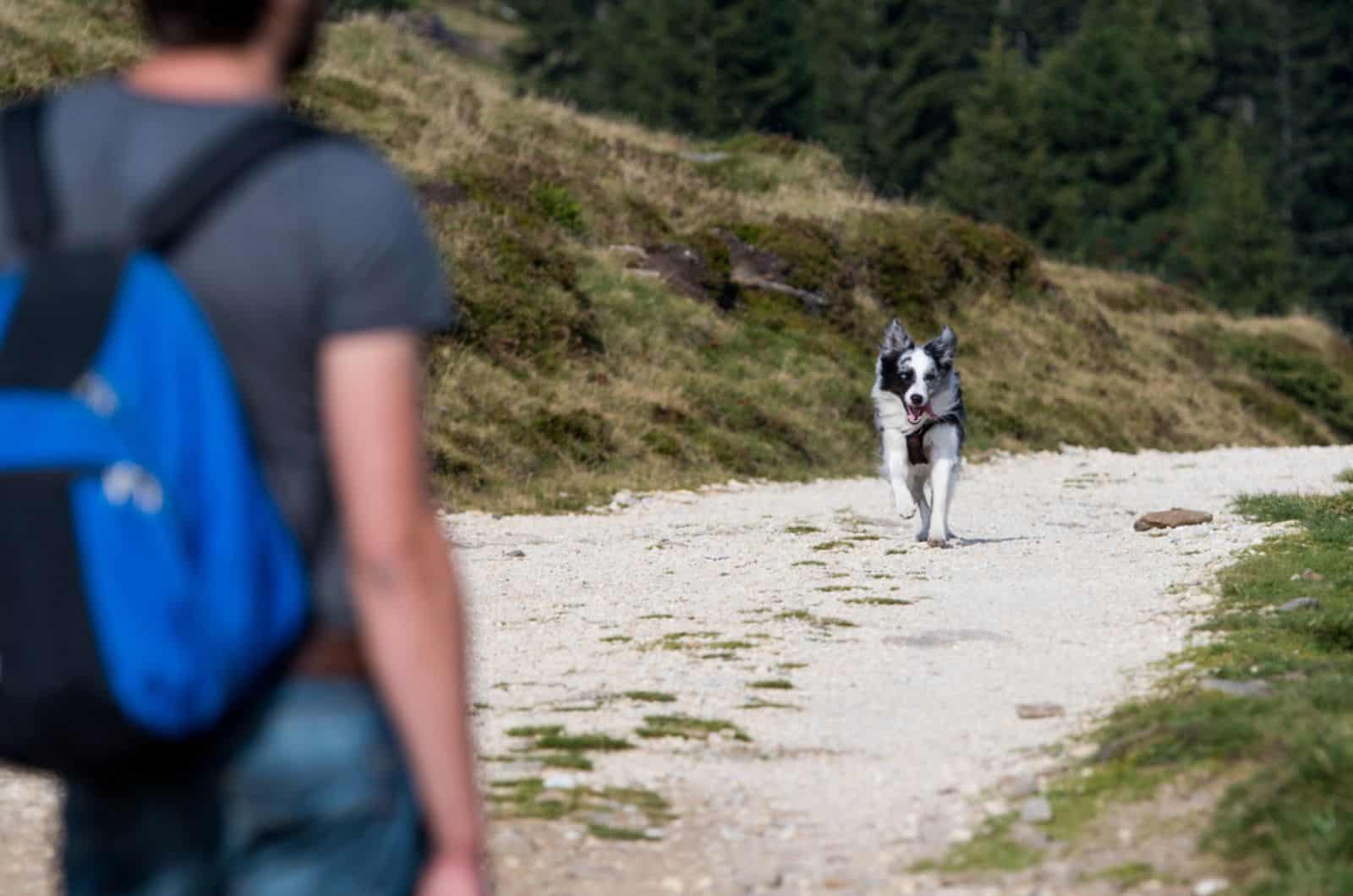
The results won’t come overnight. Training a command takes weeks, if not months to accomplish at times.
It’s important to be patient and be satisfied with gradual progress as well as not losing your cool and taking it out on your pupper.
Trust me, he’s doing his best.
What Is Recall Training Useful For?
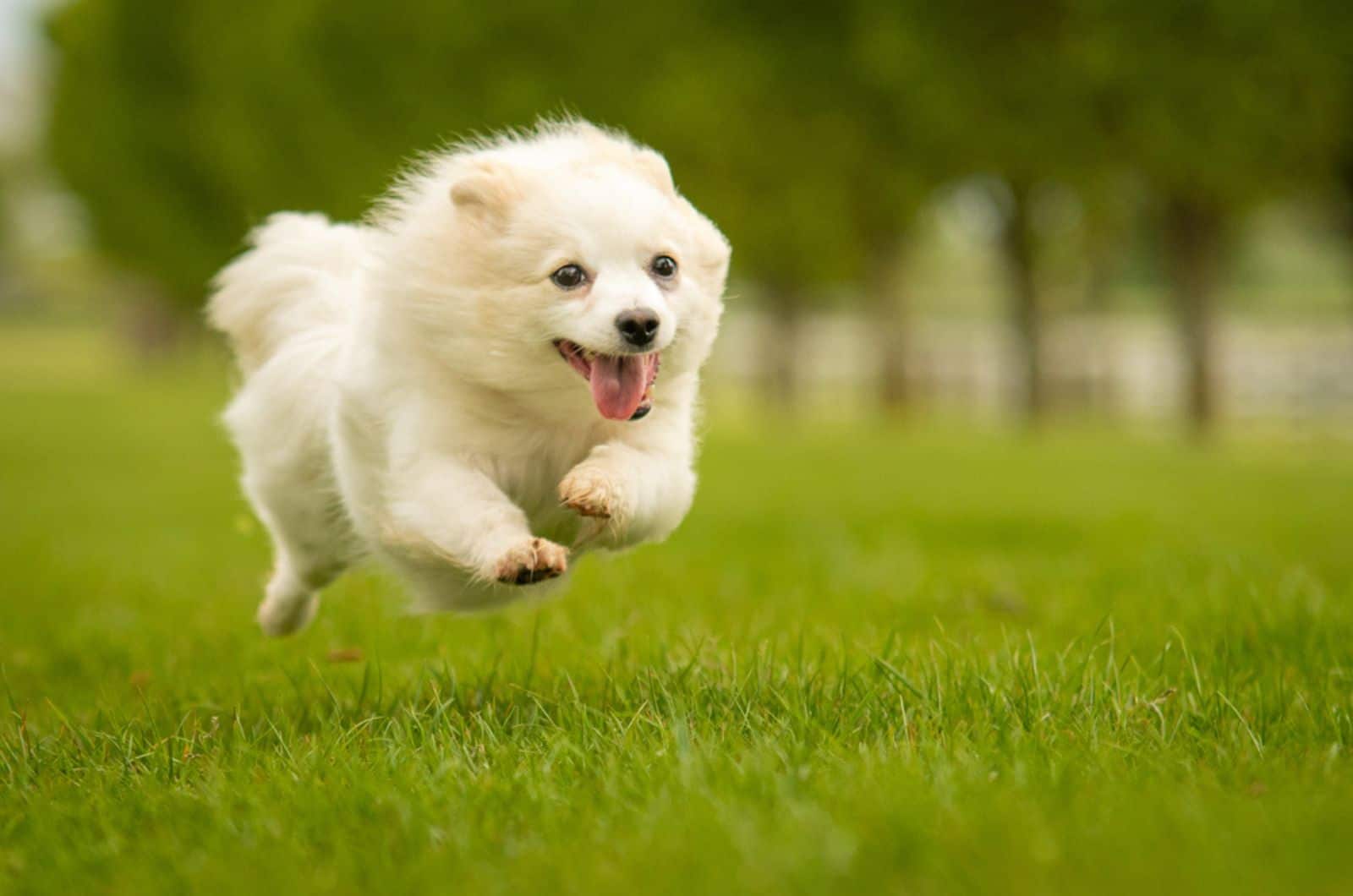
As I’ve briefly explained at the start, you can imagine the uses of calling your dog back can be on your own.
The most important one is calling him back if he gets lost or if he starts wandering into oncoming traffic or other forms of danger.
Other than that, it can help keep him next to you while he’s off leash or keep him away from potentially unsafe dogs.
It’s also a good method of getting your dog to come over in case he got something in his mouth that he shouldn’t have, though him dropping said item will require a different command.
Does Recall Training Guarantee That My Dog Will Come To Me Every Time?
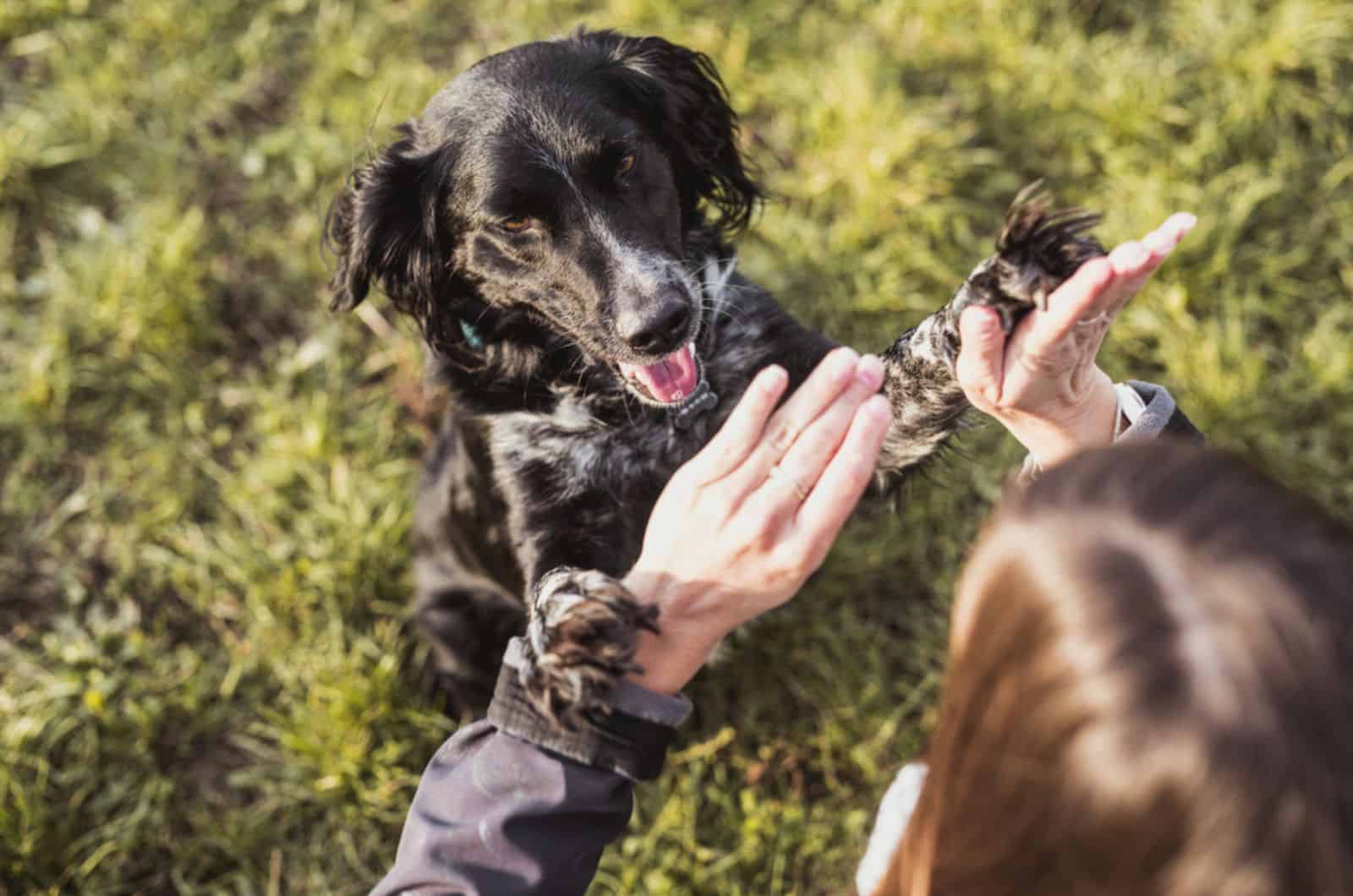
Absolutely not. If your dog were a robot, sure, but dogs have minds of their own and they won’t always be completely focused on you.
Something else may distract him, be it a nearby dog in heat, food or just a new scent in general, so it always pays to be prepared to get him should the command fail in those rare cases.
Does This Allow Me To Take Him Off Leash Anywhere?

That depends from place to place.
Only take him off-leash where it’s allowed. Adhere by the rules of the area and by common sense.
If your dog is prone to bouts of aggression, it’s not wise to let him off leash even if he knows the entire training command manual by heart.
Extreme circumstances may arise and you may end up regretting it.
In Conclusion
Dogs are wonderful pets who can be taught almost anything, but the most fundamental one is teaching him how to come back to you at any point.
Not only does it help keep him in check, but it also helps get him out of dangerous situations that he himself may not be aware were dangerous in the first place.
It’s a universal safety tool for your pooch which is part of any pet parent’s toolset.
Just make sure to make learning it more enjoyable than a mandatory chore and he’ll take to it with ease.
I’m sure that you can make that possible for him with relative ease.
Until next time, pet parents.
READ NEXT: Is Physical Correction Necessary In Dog Training? An Expert Opinion















